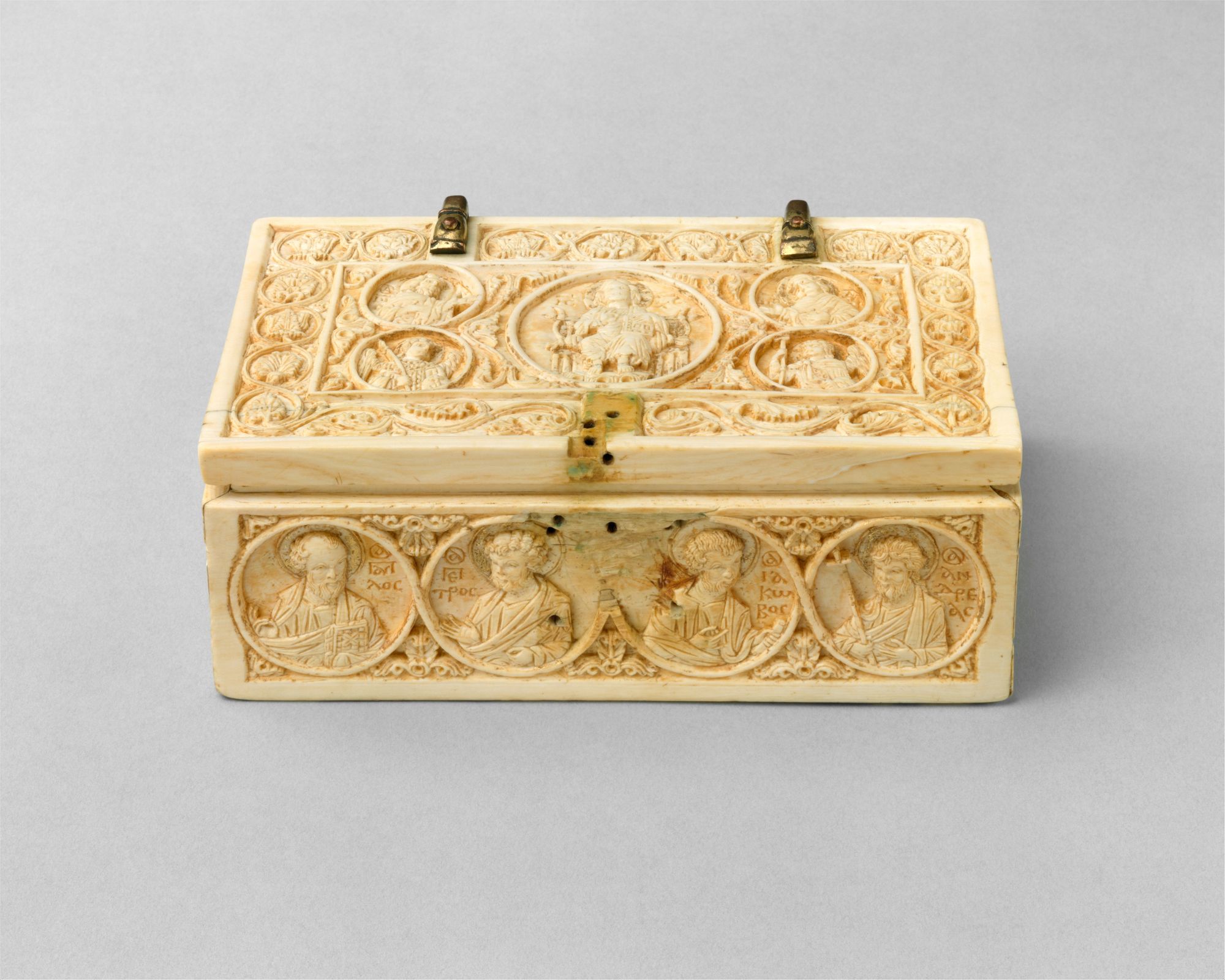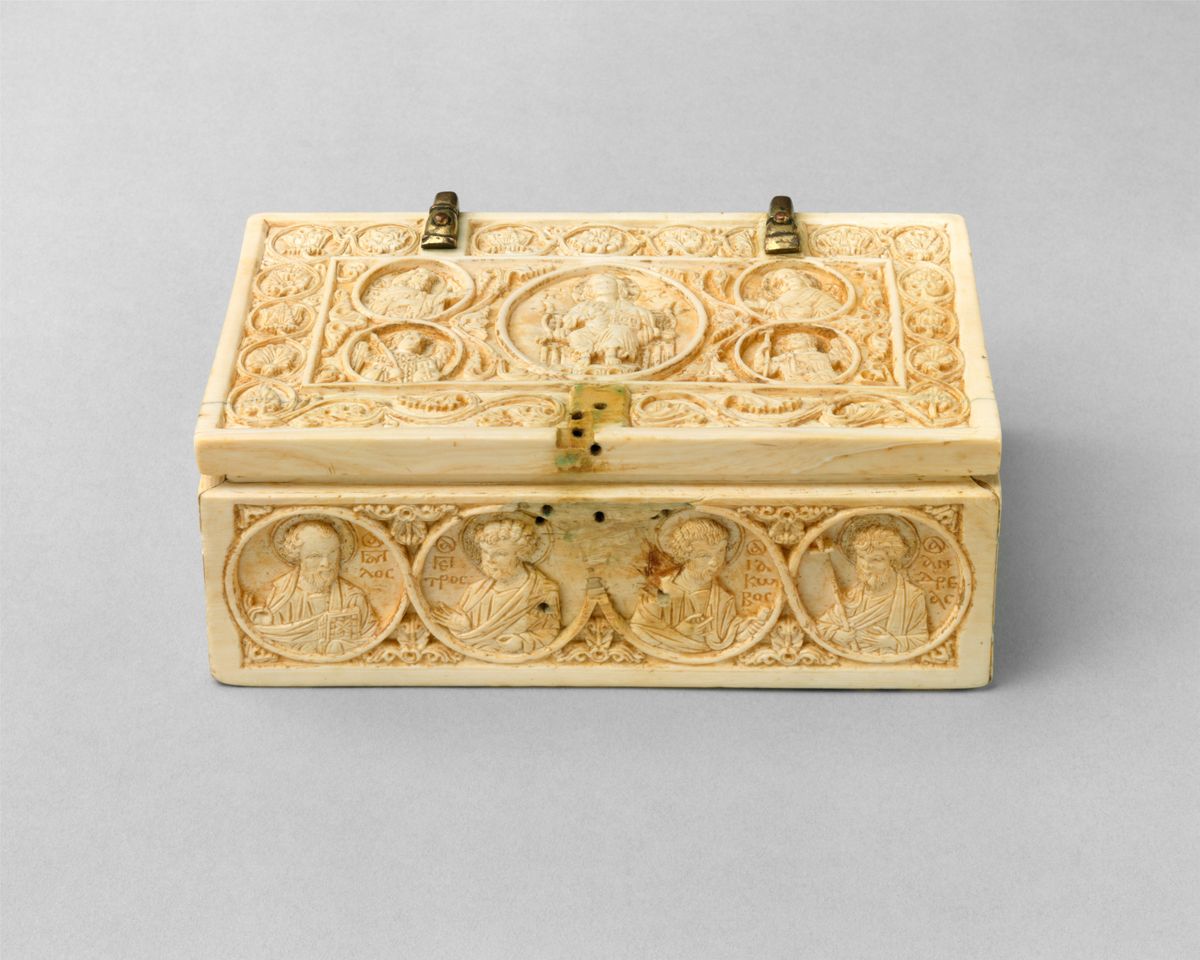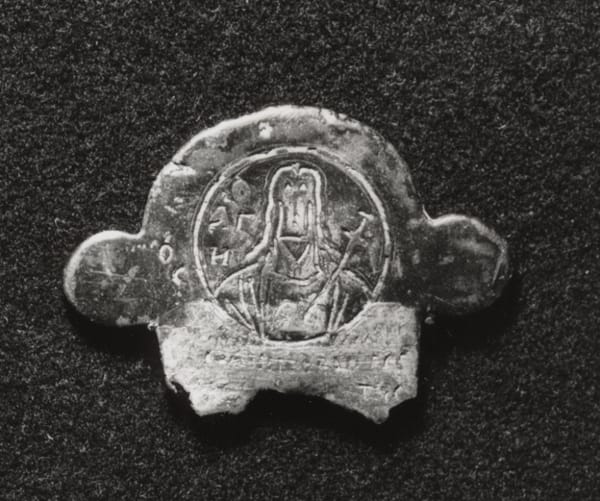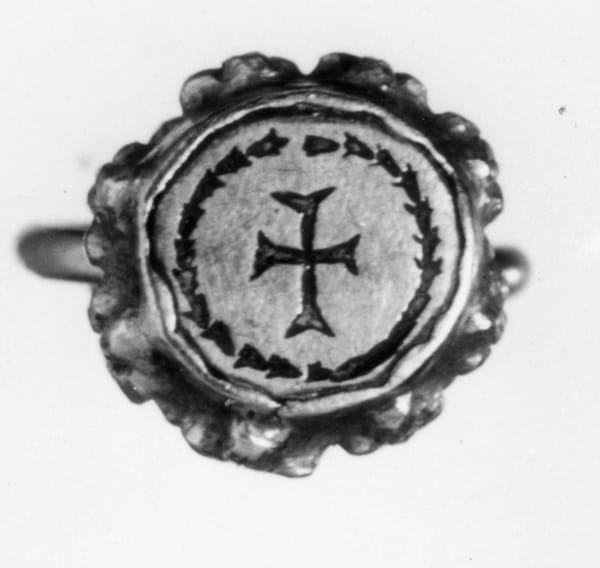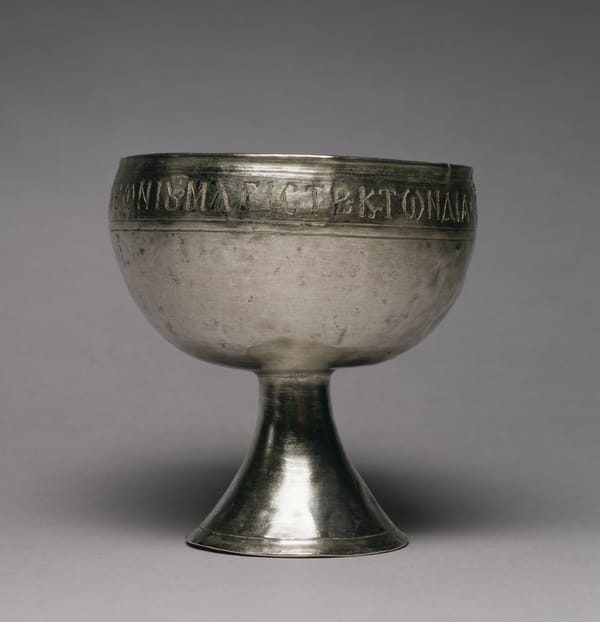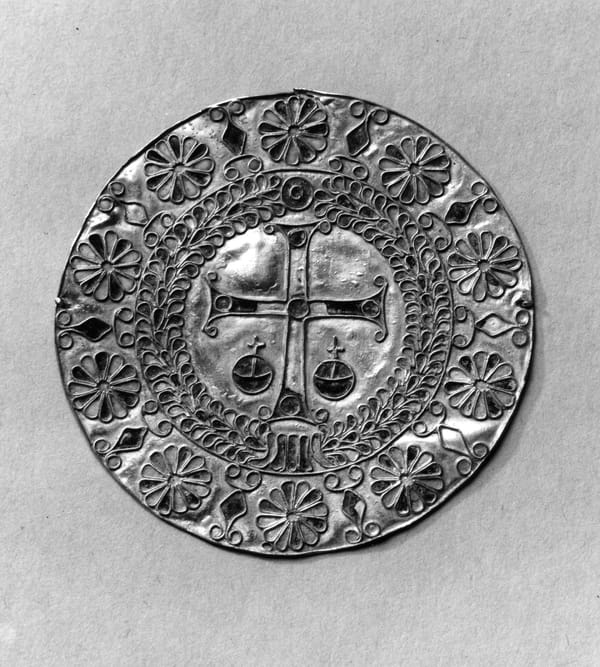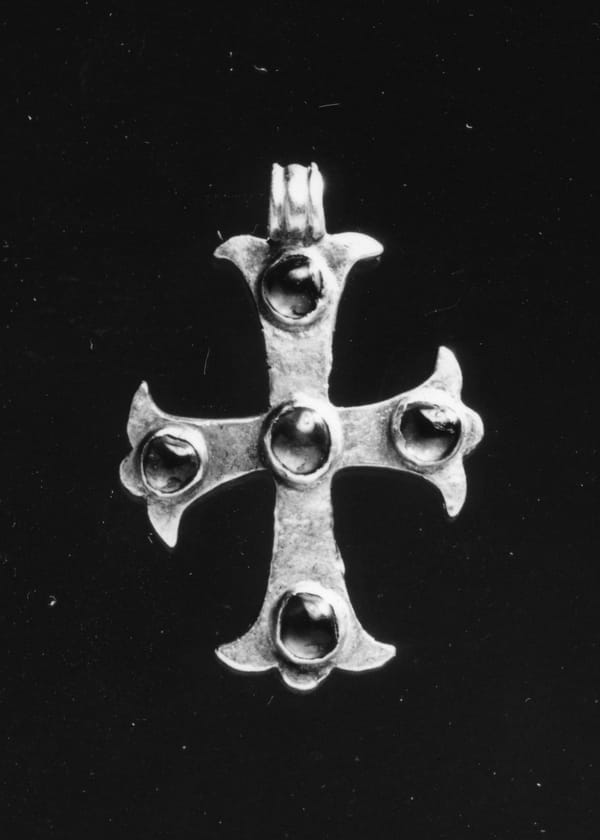About the Image:
This is a splendid example of Byzantine art, specifically from the Middle Byzantine period. Reliquary caskets such as this one were designed to house and protect sacred relics, often pieces of bone or clothing from revered saints. The artistic and spiritual significance of this piece is rich and intricate. Let's delve into its features:
- Material: The casket appears to be made of ivory, which was a highly valued material in the Byzantine Empire. Ivory was prized for its smooth texture, luminosity, and ability to be intricately carved. The use of ivory here underscores the importance of the object and the relics it would have contained.
- Deesis: The central motif on the top of the casket depicts the Deesis, a traditional Byzantine representation of Christ in Majesty flanked by the Virgin Mary and John the Baptist. They are interceding on behalf of humanity during the Last Judgment. Christ, often the central figure, is the mediator between mankind and God.
- Archangels: Surrounding the Deesis are figures of archangels, divine messengers and protectors in Christian theology. Their presence on the reliquary might be symbolic of their role as protectors of sacred truths and relics.
- The Twelve Apostles: On the sides of the casket, you can see circular carvings of figures, likely representing the Twelve Apostles. Each apostle typically holds a specific attribute or symbol, such as a book, a cross, or a particular weapon that references their martyrdom or teachings.
- Inscriptions: While the image resolution makes it challenging to read the inscriptions, they likely name the figures depicted or offer prayers. In Byzantine art, inscriptions often provide context and deepen the understanding of the image.
- Decorative Patterns: Notice the intricate vine scrolls and other decorative patterns surrounding the main figures. These not only add aesthetic value but might also have symbolic meanings, possibly representing eternal life or the divine.
- Function and Significance: As a reliquary, this casket held immense spiritual importance. Relics were believed to possess curative and protective powers and were central to Christian worship and devotion in the Byzantine world. The elaborate decoration of this casket indicates the high reverence in which its contents were held.
In summary, this reliquary casket is not just an object of religious significance; it's a testament to the artistry and spiritual fervor of the Byzantine era. It showcases the blend of theological doctrine with artistic expression, making it both a devotional and an artistic masterpiece.
🙏🏽
This image is in the public domain.
